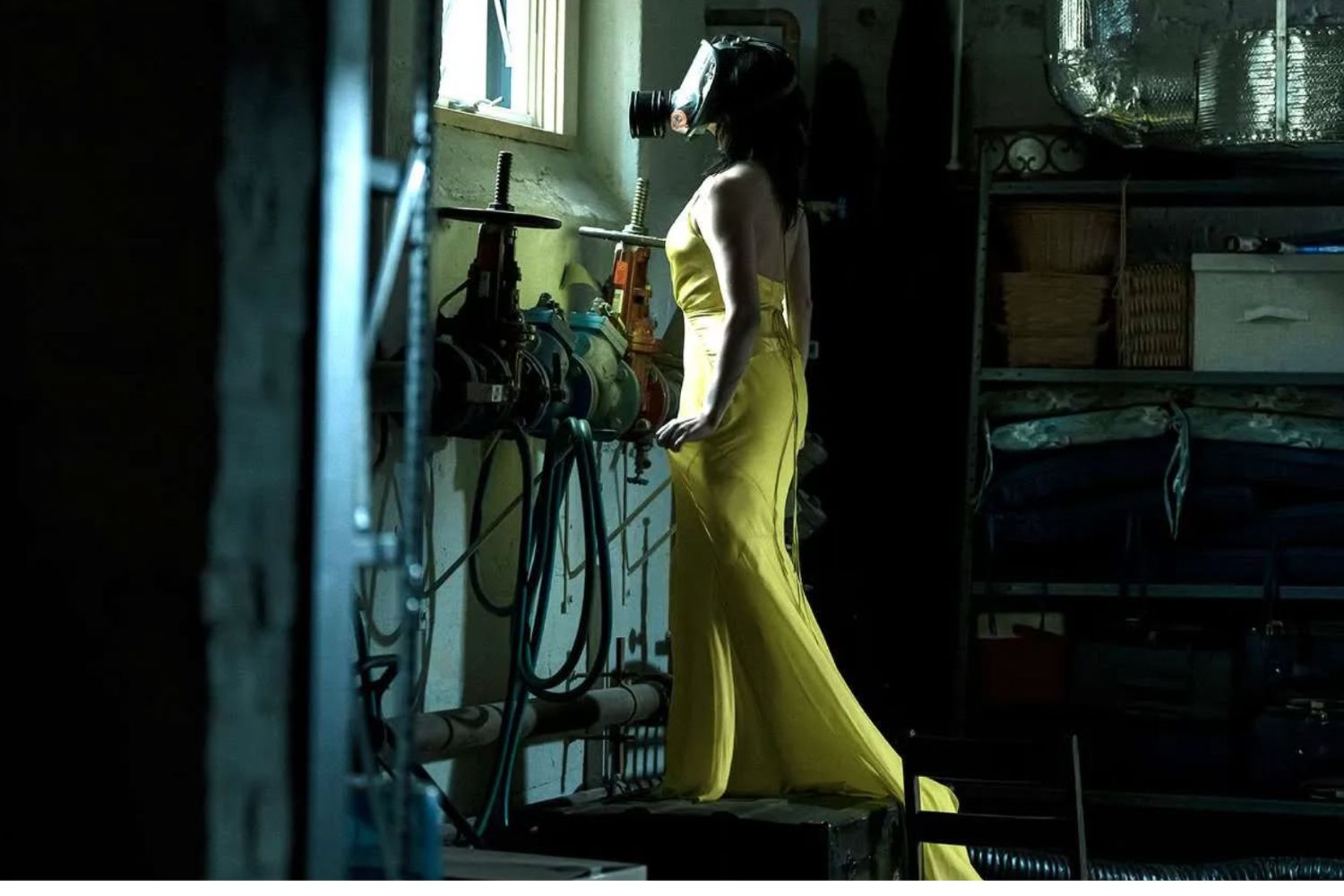The black hole at the center of our galaxy is experiencing a flurry of flares, ranging from flickers to brilliant eruptions, according to a team that analyzed data from recent observations by the Webb Space Telescope.
The observations detailed the extreme environment in the immediate vicinity of Sagittarius A* (pronounced A-star), the supermassive black hole at the center of the Milky Way. Sagittarius A* is about four million times the mass of the Sun, and it’s surrounded by a disk of material sucked towards the black hole by the object’s inexorable gravity. According to a Northwestern University release, the recent observations are the longest and most detailed yet of the black hole.
According to the team’s recent study—published today in The Astrophysical Journal Letters—the black hole’s accretion disk is burbling with energetic flares, offering hints at how black holes—which remain some of the most confounding objects in the universe—affect their immediate environments.
“Flares are expected to happen in essentially all supermassive black holes, but our black hole is unique,” said Farhad Yusef-Zadeh, an astronomer at Northwestern and lead author of the study, in a university release. “It is always bubbling with activity and never seems to reach a steady state. We observed the black hole multiple times throughout 2023 and 2024, and we noticed changes in every observation.”
Sagittarius A* flares at X-ray wavelengths from time to time, and more often in the infrared, making it a prime target for the Webb telescope’s perceptive infrared gaze. The recent observations were made with the telescope’s near-infrared camera, or NIRCam. The telescope observed Sagittarius A* for 48 hours in total, taken over a year. The team observed the black hole at different points in the year to understand how its flaring changed over time.
The astronomers were surprised by the frequency of the black hole’s flares—five to six large flares daily, with smaller flares interspersed between the larger flashes. Yusef-Zadeh said that the flashes are likely due to disruptions in the accretion disk that compress its superheated gas (plasma), causing bursts of radiation akin to the solar flares produced by our Sun.
“Of course, the processes are more dramatic because the environment around a black hole is much more energetic and much more extreme,” Yusef-Zadeh said. “But the sun’s surface also bubbles with activity.”
2025 has started with a bang (apparently, a regular cadence of them). Last month, a different team of researchers detected mid-infrared flares from the black hole at its core for the first time. Those observations were taken with the Webb telescope’s Mid-Infrared Instrument, or MIRI. Besides the obvious questions the data could address—how our black hole interacts with the matter in its immediate environment, and how the flares it produces affect the accretion disk and beyond—the observations put another feather in Webb’s cap.
Charged with studying every period in cosmic history, Webb’s gaze can see some of the universe’s earliest light, but it also can reveal new details about the objects in our own solar system, and—as evinced here—the stuff at the center of our galaxy.




